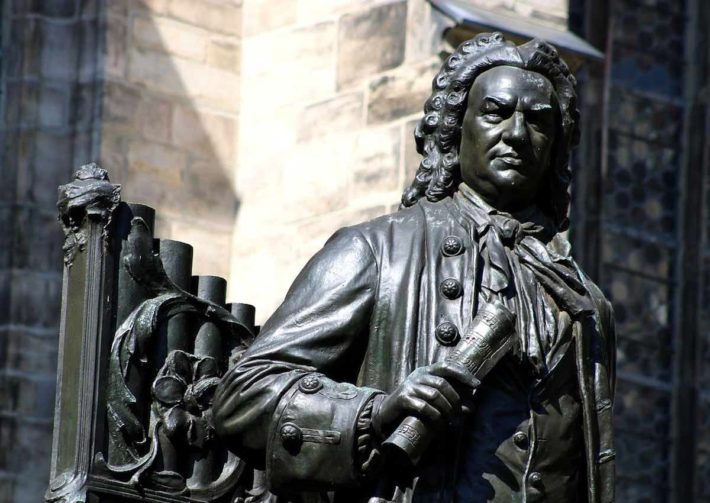Updated: January 2025
Bach’s Goldberg Variations has inspired countless performances, offering listeners a wealth of interpretations to explore. With recordings on harpsichord, piano, and various transcriptions, each version highlights different aspects of the work’s structure and character. While the variety is vast, a few key recordings can provide a strong foundation, guiding listeners through the piece’s many possibilities.
The goal of this guide is to identify a few essential performances that could serve as reliable reference points for listeners seeking an entry into this vast discography. The question at hand—”What is the best performance of Bach’s Goldberg Variations?”—has no definitive answer, but I aimed to present a selection of recordings that could provide a meaningful starting point. Beyond that, the choice of interpretation remains a deeply personal journey for each listener.
Recommending a single best version of the Goldberg Variations is nearly impossible. Instead, I have selected three performances for both harpsichord and piano. Two of these represent, in my view, the most compelling realizations of the piece—interpretations that transcend the written score, achieving an exceptional balance of technical mastery, emotional depth, and structural coherence. The third recommendation is a sleeper choice—a recording that may have been overlooked or under-appreciated by critics and audiences alike. Additionally, I have included honorable mentions, highlighting historically significant recordings. While some of these earlier performances show their age, they remain valuable for understanding the interpretative evolution of the piece.
Bach – Goldberg Variations – Overview and Analysis
The Goldberg Variations is built on a beautifully structured aria in binary form, taken from the second Anna Magdalena Notebook. This aria is followed by 30 variations, based not on the melody but on the underlying bass line—a technique that aligns with the Baroque chaconne tradition. Every third variation is a canon, with each successive canon expanding the interval between voices, progressing from unison to second, third, and so on. Scholars and performers have identified additional patterns in the 30 variations, such as stylistic groupings (Kirkpatrick), mood-based divisions (Perahia), and more. Regardless of the analytical approach, there is no doubt that Bach infused this work with his full compositional ingenuity, challenging both performer and instrument with an extraordinary range of styles, emotions, and technical demands.
Like many famous classical works, the Goldberg Variations has inspired stories, legends, and even myths. According to Bach’s first biographer, Forkel, the piece was written for Count Kaiserling, a Russian diplomat who employed the young harpsichordist Johann Gottlieb Goldberg. The legend suggests that Goldberg, who lived in Kaiserling’s household, was asked to play for the count when he had trouble sleeping. Bach, upon receiving the commission, supposedly conceived a series of variations designed to have a calming effect on him.
Beyond the Legend
Unlike many of Bach’s works, the Goldberg Variations was published during the composer’s lifetime (1741) under his direct supervision, in collaboration with his friend and publisher Balthasar Schmid. The widely circulated story of the sleepless count has been questioned by modern scholars—Forkel’s biography was written more than 60 years after Bach’s death, and Goldberg himself was only 14 when the work was published. In reality, the piece was issued as part of Bach’s Clavier-Übung series, which included other works he personally approved and oversaw, such as the Partitas, the Italian Concerto, and the French Overture.
Approximately 20 copies of the original publication have survived, one of which contains corrections in Bach’s own hand. The piece was clearly intended for a two-manual harpsichord, as certain variations are marked for performance using both keyboards simultaneously. In some cases, one hand is assigned to each keyboard, while in others, the performer can use both manuals to double notes. Beyond these instructions, Bach left much to the performer’s discretion—only a few variations include tempo markings, and it remains unclear whether he intended the work to be performed as a continuous cycle or as a collection of distinct pieces. These uncertainties have led to a fascinating diversity of interpretative approaches, with no two performances sounding exactly alike.
This also makes the task of selecting a recommended recording particularly challenging.
A History Of Recordings
The recorded history of the Goldberg Variations, like that of many classical works, reflects the evolution of the recording industry itself. The earliest known attempt was by Rudolf Serkin, who created a highly animated and brisk performance for a piano roll company—later reconstructed and issued on records and CDs. However, the first true recording was made in 1933 by Wanda Landowska on the harpsichord.
Each technical advancement in the recording industry brought a new wave of performances. The transition from mono to LP, then to stereo, digital, video, DVD, and surround sound, has yielded a vast catalog of interpretations—some outstanding, others less convincing.
In the next section, we will explore the many notable recordings of the Goldberg Variations on the instrument for which it was originally composed—the harpsichord.
This is the end of part 1 of the ‘best of’ guide to Bach’s Goldberg Variations.
Continue below to the next part, which chooses the best Harpsichord versions.
Part 3 chooses the best available versions of the Goldberg Variations played on the Piano.

















